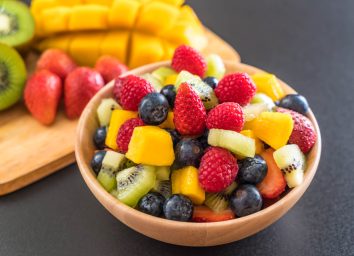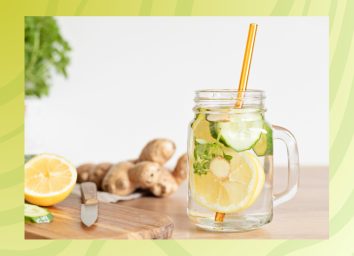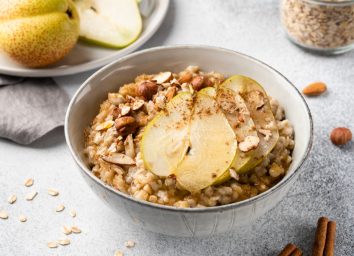The Unhealthiest Foods Making Your Sugar Cravings Worse
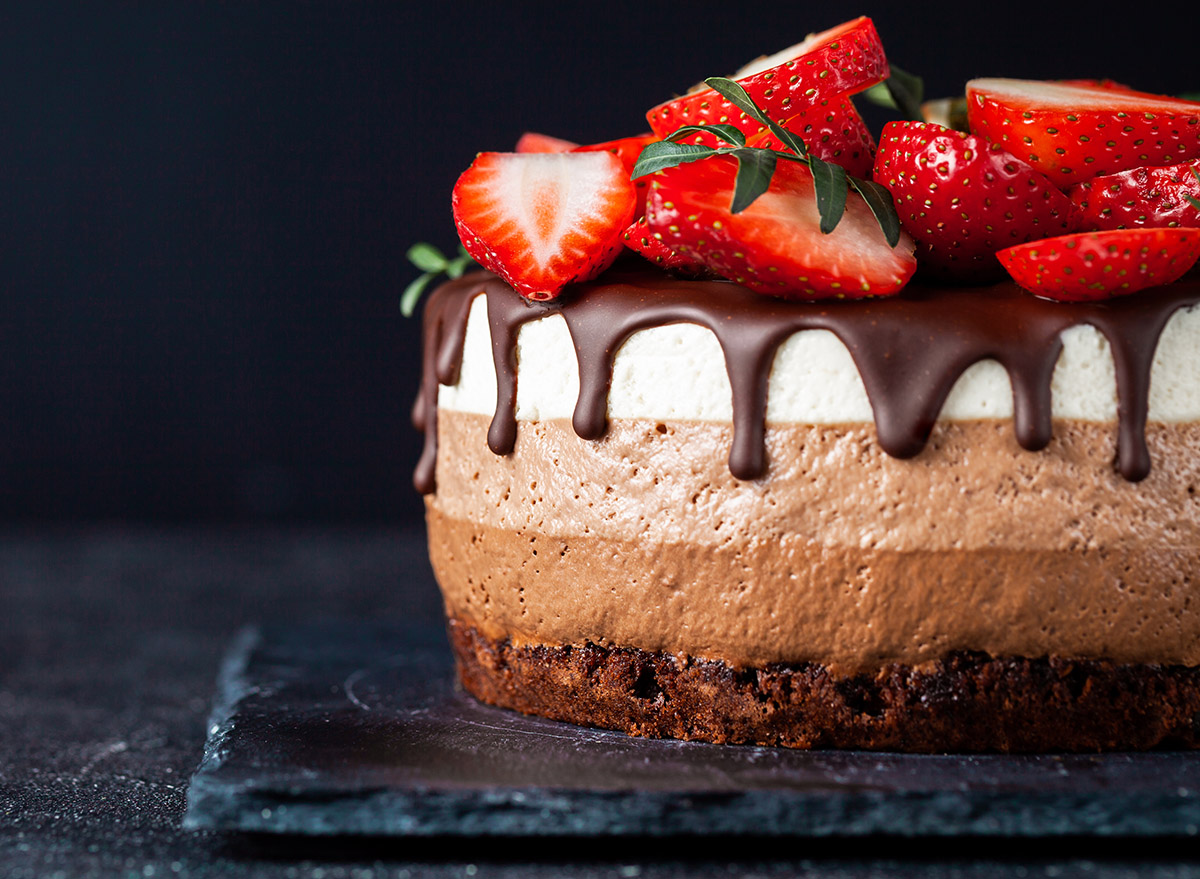
If you’ve ever gone back for a second bowl of ice cream—and felt terrible about it—don’t blame your lack of willpower. Instead, lay the guilt trip on your ancient ancestors. Embedded in humans is an evolutionary instinct to crave high-calorie sweet food.
“We are born with a preference for sweets,” says registered dietitian Elizabeth Ward, RD, co-author of The Menopause Diet Plan. “It’s a survival instinct built into our DNA but also reinforced by the habits we’ve built up over the years.”
When our barefooted ancestors saw a tree full of ripe plums, they stuffed themselves with the high-calorie fruit because they knew that tomorrow the bounty might be gone. We’ve inherited that longing to keep eating thanks to what happens in the human brain when we eat sugar. “When we consume anything with sugar (and same goes for fat) we get a release of dopamine, which is a feel-good neurotransmitter that makes us feel great. And we keep wanting to feel great, so we keep eating.”
And that’s why it’s so difficult to stop eating Oreo cookies after you’ve had just one.
The more sugary foods you eat, the more you’ll want. And when you have those sweets at regular times, like a soda with lunch or dessert after dinner, your body can become conditioned to those habits. In time, merely wanting something sweet can turn into desperately needing something sweet.
One remedy for sugar cravings is always eating some protein and fiber (complex carbohydrates) when you have something sweet. Protein and fiber slow the absorption of sugars into your bloodstream, so you won’t get the extreme lift that’s typically followed by the rapid drop in blood sugar that triggers more cravings.
Another strategy is to be aware of the foods that are notorious for spiking your blood sugar, like these below. Read on to find out the unhealthiest foods making your sugar cravings worse, and for more on how to eat healthy, don’t miss Eating Habits to Lose Abdominal Fat As You Age, Say Dietitians.
Sugary cereals
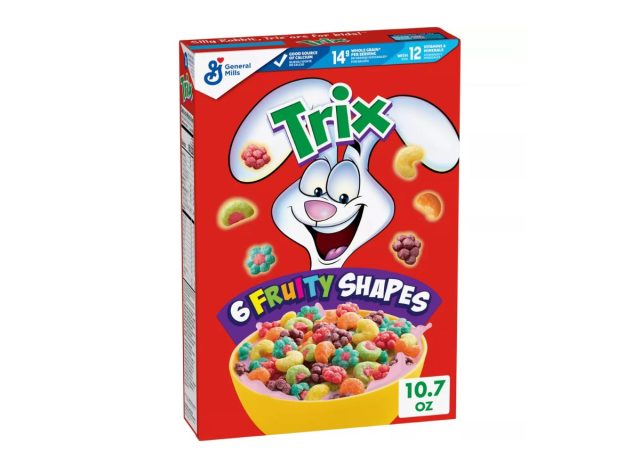
“Eating a high-sugar breakfast sets you up for needing more and more sugar for quick energy throughout the day, especially if you haven’t eaten enough protein, fiber, and complex carbohydrates,” says Ward. That’s what can cause sugar cravings.
Question: How many times have you eaten a bowl of cornflakes or Froot Loops or most any boxed cereal and filled up your bowl again after finishing? Uh-huh. Point made. Devoid of the dietary fiber you get in cereal like Fiber One (18 grams), most boxed cereals, especially the sugar-coated kind, load you up with cravings-triggering sugar.
Breakfast muffins
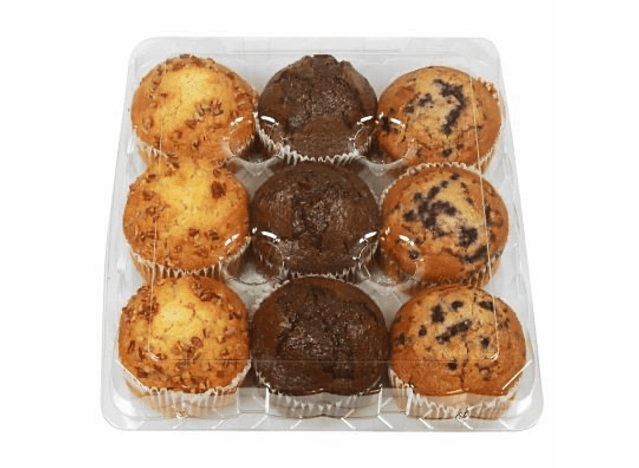
A typical bakery breakfast muffin these days looks more like a softball. It’s easily two to three times bigger than the ones your grandmother made back in the ’80s. “Blueberry,” “peach” and “corn” in the name don’t mean much nutrition-wise. You’re getting very little fruit fiber in those muffins and a lot of sugar. The corn muffin in Cumberland Farms’ pastry case packs 66 grams of carbohydrates and 31 grams of sugar. The only good news is that you won’t crave another. Its 510 calories should fill you up for a little while.
READ MORE: Breakfast Foods to Avoid for Faster Weight Loss, Say Dietitians
Candy
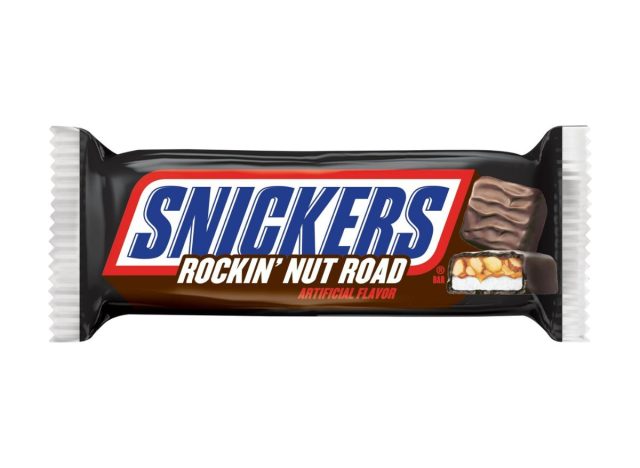
You don’t have to be a chemist to figure that gummy bears are not much more than sugar and food coloring. A 17-piece serving is like swallowing nearly 6 teaspoons of sugar. But how about a “meal” like a Snicker’s Bar, packed with nuts? It’s the same deal, about 20 grams of sugar in one bar.
Bagels
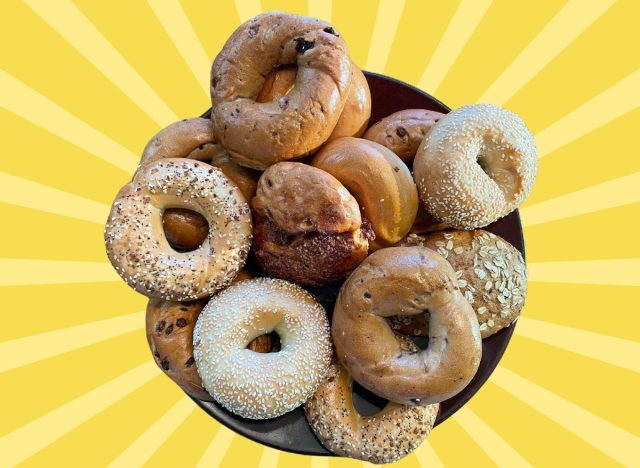
Just because they’re not as sweet as doughnuts doesn’t make bagels any healthier for breakfast. A bagel can top 48 grams of carbohydrates, more than double what a doughnut delivers. And the greater amount of carbohydrate in the bagel when converted to glucose triggers a massive surge of glucose into the bloodstream. That’s not to say doughnuts should be your preferred morning meal. Eating a doughnut often causes you to want another to dunk in your coffee.
Granola Bars
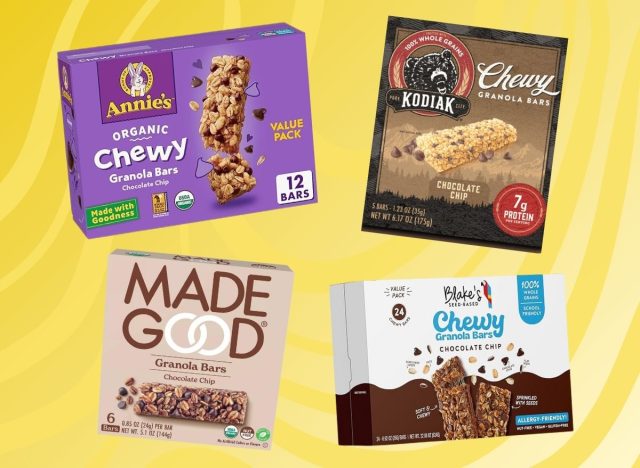
Since carbs provide quick energy, it should come as no surprise that granola bars are loaded with carbohydrates. Still, most of these are health-food imposters, chock-full of added sugars that’ll give you the energy to open another. So, don’t be fooled by the lean rock climber hanging out on your Chocolate Chip Clif Bar. The snack delivers 45 grams of carbs and 21 grams of sugar per 250-calorie bar.
Sugary instant oatmeal packets
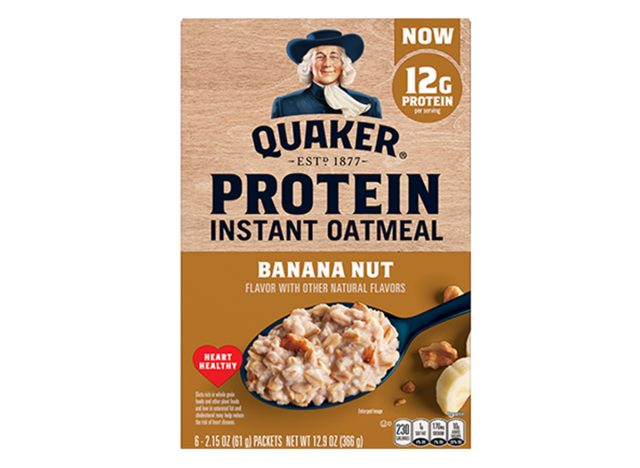
You may think oatmeal is the poster child of a healthy breakfast. It’s not if you’re opening a single-serving pack of the instant oatmeal that’s apple, peach, or cinnamon and spiced flavored. The flavoring comes from the added sugars, upwards of 10 grams. Eat a bowl for breakfast and you’ll be reaching for a blueberry muffin at 10 a.m. For a healthier bowl of oatmeal, feel free to use those instant oat packets, but be sure to spruce them up with healthy fats, protein, and fiber, like nut butters, fresh fruit, and seeds.
White Bread
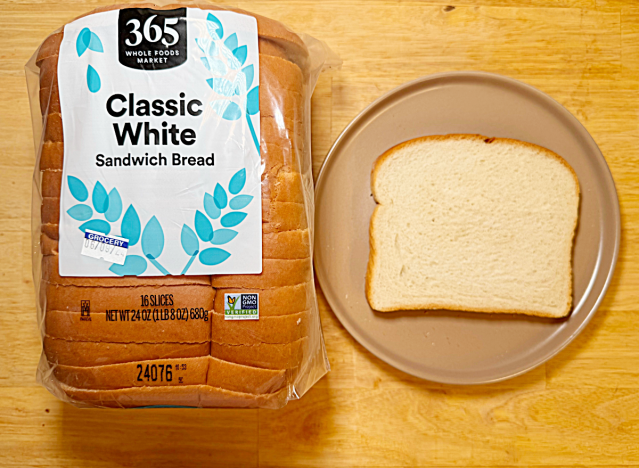
Check out the nutrition facts and ingredients list on your bag of sliced white bread and you’ll understand why it makes our list. It’s made from wheat flour that has been milled and refined, removing the bran and germ layers, and leaving virtually no fiber per slice. So, all the carbohydrates, 30 grams if you are having a two-slice sandwich, quickly break down into sugar during digestion and raise blood sugar levels rapidly, making sugar cravings worse.
White Rice, White Pasta
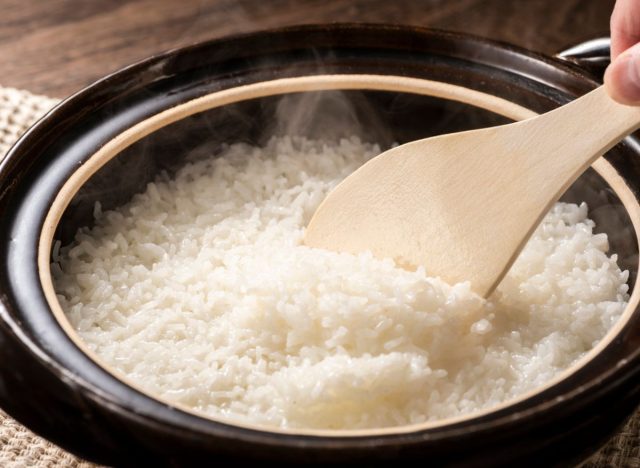
Spaghetti has been called “string sugar.” Eating a serving of white rice has been likened to eating a heaping teaspoon of sugar. That’s because they both are refined carbohydrates that have been stripped of their fiber. Like white bread, they digest quickly, causing a spike of sugar in your bloodstream that triggers your body to release a surge of insulin, which in turn drops your blood sugar, initiating a cycle of carb cravings. A study in the British Medical Journal suggests that eating a lot of white rice is associated with a significantly increased risk of type 2 diabetes, the result of those rapid swings in blood sugar and insulin.

